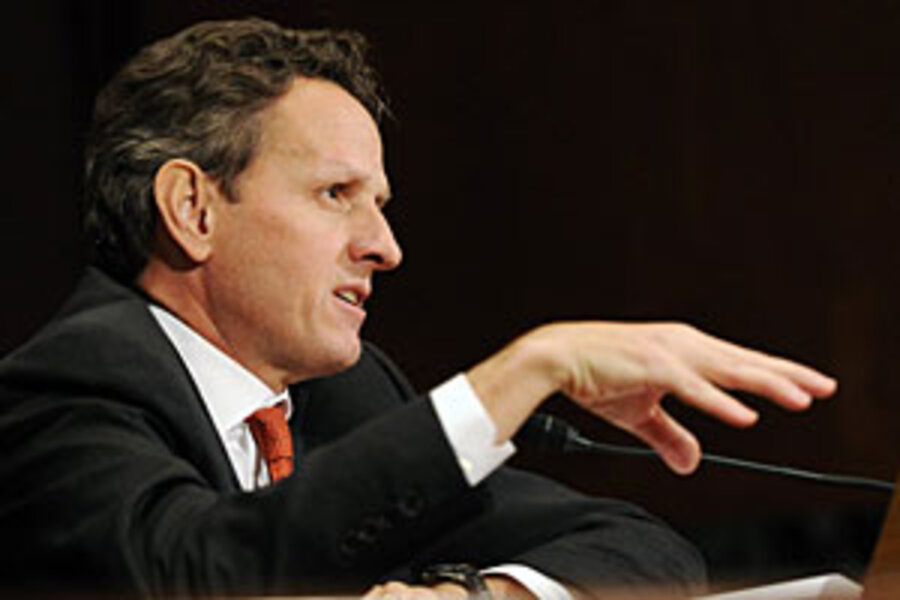In the fall of 2008, as the US financial system teetered on the precipice of collapse, the Bush administration announced it would inject $250 billion directly into the banking system.
Called the Troubled Asset Relief Program (TARP), the program quickly swelled to $700 billion, with Uncle Sam owning large chunks of many of the major US financial institutions, the auto industry, and AIG (a giant insurance company).
TARP was instantly unpopular, the butt of jokes on late-night television and reviled by both political parties as a bailout for fat-cat Wall Street executives. There were predictions of huge losses, which would come out of the pockets of taxpayers.
That is not how it has actually turned out.
In a report at the end of November, the Congressional Budget Office estimated the losses to the taxpayer will be $25 billion, mostly from investments in the auto sector and AIG.
"TARP was probably one of the most successful financial crisis cushioning programs ever executed," says Brian Bethune, chief financial economist at IHS Global Insight in Lexington, Mass. "It is astounding the costs came down that low."
Some of the banks, such as Goldman Sachs and Bank of America, quickly paid back the loans with interest. In an October opinion article in the Washington Post, Treasury Secretary Timothy Geithner said Uncle Sam had received $200 billion, plus a profit of $28 billion. Since then, billions more have piled in, the government has reduced its stake in General Motors to 33 percent, and AIG has announced a plan to pay back all the money it borrowed.
Even some of the fiscal hawks now see TARP as a successful effort. Retiring Sen. Judd Gregg (R) of New Hampshire, interviewed on MSNBC, called the program "the most significant thing that's happened in the last five to 10 years." He added, "I think the program worked the way it was supposed [to]."
The TARP program does not include the mortgage giants Fannie Mae and Freddie Mac. Mr. Geithner has estimated their losses as less than 1 percent of gross domestic product, or $150 billion.
By Ron Scherer, Staff writer





